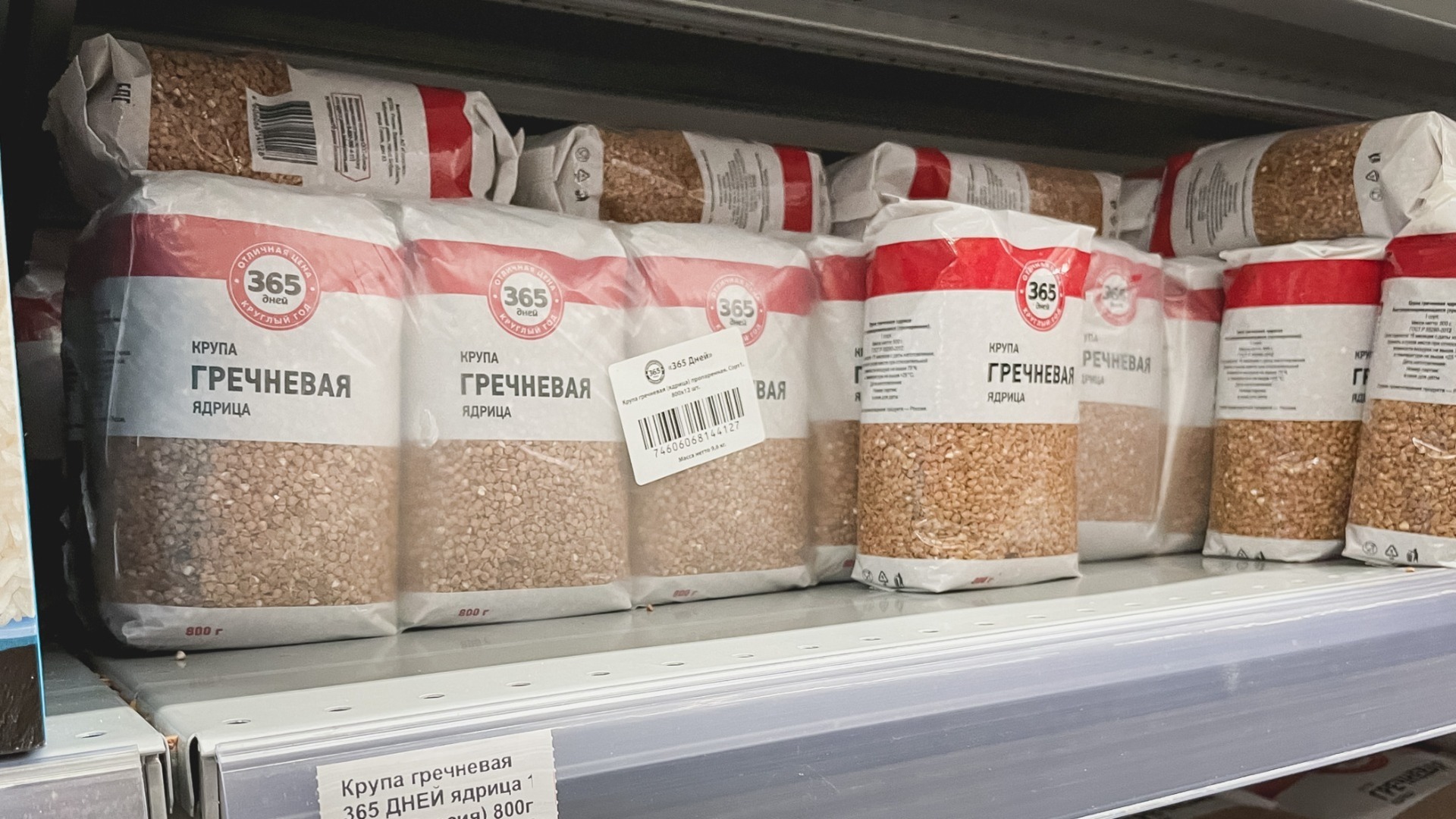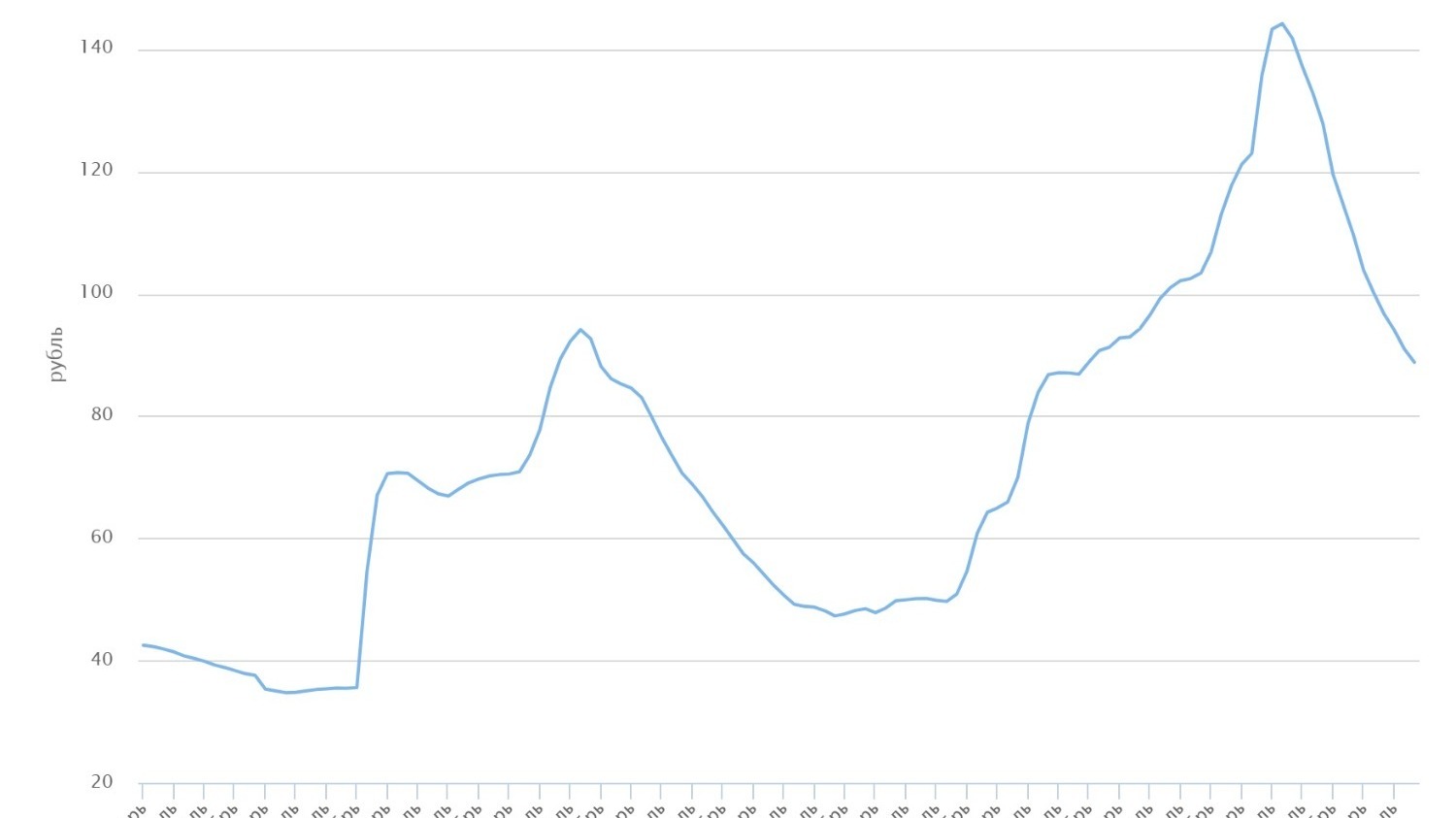Posted 26 июля 2023, 20:22
Published 26 июля 2023, 20:22
Modified 27 июля 2023, 09:10
Updated 27 июля 2023, 09:10

Buckwheat is getting more expensive. Is it time to run to the store?
Buckwheat brakes failed: nothing else prevents the cereal from getting more expensive
It so happened that buckwheat in Russia has become the main indicator of the speedy arrival of the crisis. Just as gold is a reserve tool for saving money in the world, so for the people buckwheat is a reserve product and the basis for the formation of reserves for a rainy day on a par with sugar.
Why buckwheat is getting more expensive
Bad news has come: analysts expect that by September wholesale prices for buckwheat will increase by about 10% — from the current 41 thousand rubles per ton to 45 thousand rubles. According to Dmitry Rylko, Director General of the Institute of Agricultural Market Conjuncture (ICAR), it's all about the end of the harvest season, the devaluation of the ruble and record export volumes. Just in case, the FAS has already issued a warning to the expert, since his statement may cause a rush of demand and price increases. This is not an accusation of collusion, but only a verbal warning, a recommendation to be careful with words and forecasts. But it is possible that now it is the actions of the FAS that will cause the «Streisand effect». This is when it is the prohibition of an event that dramatically increases its popularity.
Farmers in the past agricultural year have collected a record harvest of buckwheat: according to ICARUS, since September 2022 they have produced 415 thousand tons of buckwheat — this is 27.15 thousand tons or 7% more than it was a year earlier. But these volumes did not lie in warehouses: exports in the agricultural season of 2022-2023 (begins on July 1, ends on June 31 next year) amounted to 262 thousand tons, an increase of 17% or 38 thousand tons. That is, even less buckwheat enters the domestic market than it was before.
Neither the sanctions nor the SMO prevented sending cereals abroad, since the main buyers are Uzbekistan, Azerbaijan, Tajikistan, Moldova and Georgia. Buckwheat is a specialty in the post—Soviet space, so there are no significant problems with exports.
How to stop the price increase
There are two reasons for rising prices: the shrinking supply of the domestic market with products and the hype demand for it. According to the buckwheat price chart, it is possible to determine the beginning and end of crises with high accuracy.


First there was 2014, which brought the first anti-Russian sanctions, import substitution and a twofold fall in the ruble. The people then did not know what to do and stocked up with everything they could. As a result, a kilogram of buckwheat in retail increased from 35.56 rubles in October 2014 to 94.14 rubles in August 2016. But then both the people and the producers adapted to the new reality, realized that the past could not be returned. And in 2 years, prices have dropped almost to the pre—crisis level — 47.3 rubles per 1 kg.
But then came COVID-19. The shelves in the stores were empty. Buckwheat in 2020 became the most expensive product. By September 2021, prices had risen to 103.4 rubles per 1 kg. And in February 2024, there was a SVO — the people began to replenish buckwheat stocks again. Even those who do not like buckwheat in ordinary life and almost do not eat it were bought with grain. By May 2022, the kilogram soared to a record 144.23 rubles per 1 kg. Due to the high demand, the federal antimonopoly service even intervened in the formation of prices — so that retail chains would not inflate prices, aggravating the situation.
Then it turned out that there was no catastrophe for the majority of residents of Russia, and stocks need to be eaten up. Prices have now fallen by almost 40% since last year's peak — to 88.78 rubles in June 2023. And this is both good and bad news for people at the same time.
Buckwheat can now be called an affordable product — prices are at the level of June 2016. Only then the average salary was 38447 rubles, and now 71204 rubles (the latest information from Rosstat — for April 2023). That is, after paying personal income tax, a Russian in 2016 can afford 374.5 kg of buckwheat for one salary, and now — almost 698 kg. This is good news.
And the bad news is that after last year's rise in prices, buckwheat now has a huge growth potential. Retail prices of more than 100 rubles per 1 kg will not surprise anyone.
There is only one way to keep buckwheat prices down — to reduce its consumption and not rush to buy. The people were confronted with the fact: there are no other tools. The fact is that the domestic market depends entirely on the harvest and the ability of producers to export cereals. And FAS warnings will not save the situation. If necessary, retail chains can quickly rewrite price tags — profit is most important.